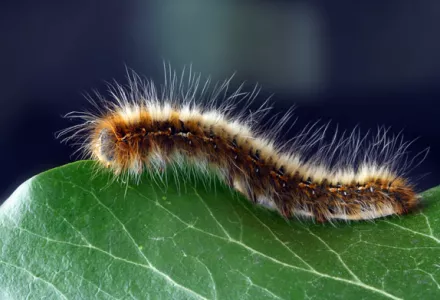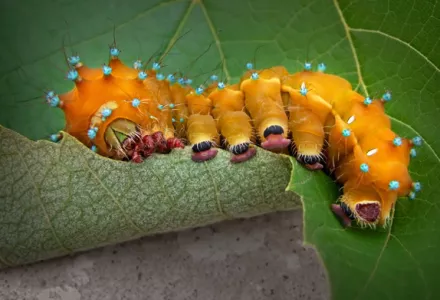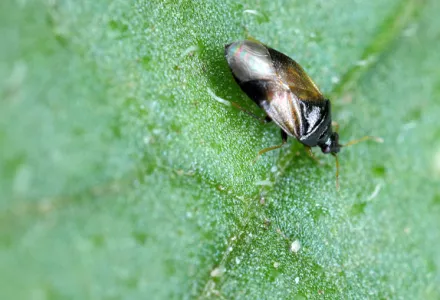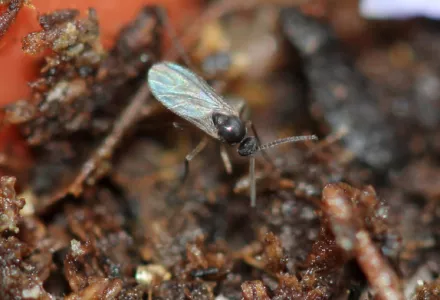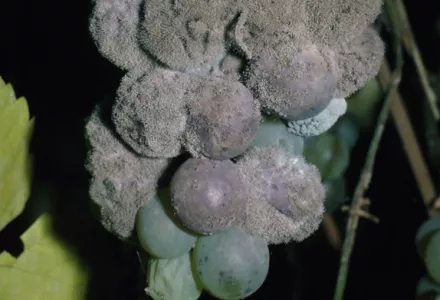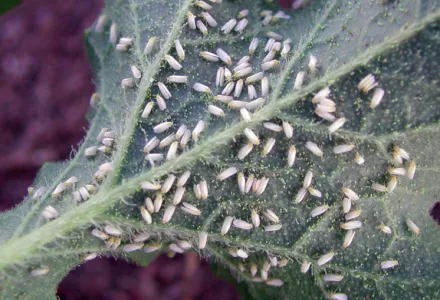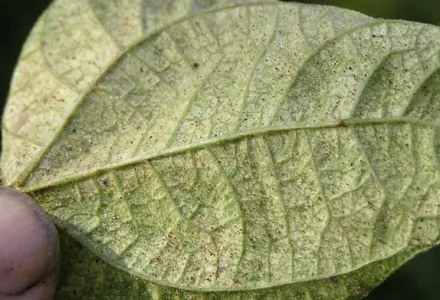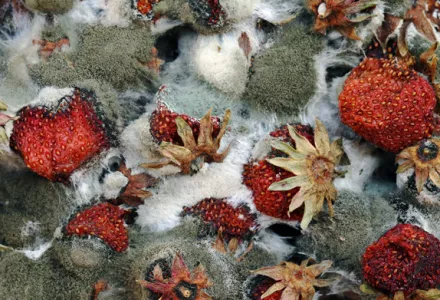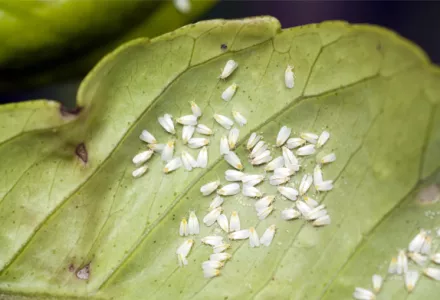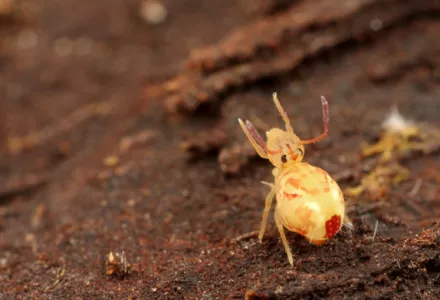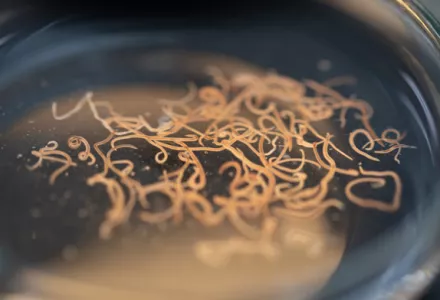Even though the article series is called Pests & Diseases we have decided to include the opposite of pests as well, namely the natural enemy or beneficial insect. Beneficial insects, Beneficials for short, are insects that kill and control pests on crops. They can be naturally occurring or bought and introduced in the infected crops. The use of biologicals is a form of Biological crop protection and Integrated Pest Management (IPM). In How to control pests and diseases? Biological vs. chemical we will explain IPM in more detail, now we focus on one of the lesser known but very effective beneficials, the Green Lacewing.
Green lacewings are insects in the family Chrysopidae of the order Neuroptera, or net-winged insects, which also includes mantidflies, antlions , and their relatives. There are approximately 85 genera and 1500 species of Chrysopidae around the world. Members of the genera Chrysopa and Chrysoperla are very common in North America and Europe. There are also Brown lacewings but they belong to a different family, the Hemerobiidae.

Green lacewings Appearance
Green lacewings are generalist predators and are commonly found in agricultural, landscape, and garden habitats. They are delicate insects with a wingspan of 6 to over 65 mm, though the largest forms are from tropical regions. Adult green lacewings are soft-bodied insects with four transparent wings which have an interconnecting network of fine veins, golden eyes, and green bodies. Adults often fly at night and are seen when drawn to lights. Adult green lacewings are divided into two diet categories: some species of green lacewing adults are predaceous, others feed strictly on honeydew, nectar, and pollen.
Larvae, are pale with dark markings and look like tiny alligators. They are somewhat spindle shaped, with two sickle-like jaws protruding from the head. The body bears many tubercles with bristles.
The Green lacewings Lifecycle
Green lacewing adults are attracted by the odor of aphid honeydew and lay their eggs near aphid colonies.
Lacewings females produce 400-500 tiny oblong eggs each. Depending on the species, eggs are laid singly in some species, such as the Common Green Lacewing Chrysoperla carnea, or in clusters. Eggs are suspended individual at the tops of threadlike stalks to protect them from predation by hatching siblings. Eggs are green when laid, then darken before hatching. Lacewings undergo complete metamorphosis with eggs hatching about 4 days after being laid, and larvae develop through three instars. After this, it will pupate by spinning a cocoon with silken thread. The adult emerges in about 5 days through a round hole that it cuts in the top of the cocoon. It overwinters as a pupa within its cocoon or as an adult, depending on the species.

The use of lacewings
Lacewings (both green and brown) are important predators in many agricultural systems worldwide. The common green lacewing (Chrysoperla carnea) is the most used and commercially available species and naturally controls many different pests. As the adults of the common green lacewing are not predators, companies either sell eggs or larvae. Some companies do sell adults but as they easily fly away, they are less effective. The eggs of the green lacewing are shipped loose in an inert medium of for example ricehulls. The rice-hulls are a distribution carrier to facilitate the proper placement of the eggs.

The larvae are very cannibalistic and must be separated in transit. This is accomplished by means of a frame or hexcell unit. The hexcell unit is comprised of little compartments which can be opened a-row-at-a-time for predator release. Some companies sell the larvae loose in a bottle with buckwheat hulls as means of providing hiding places.
Larvae must detect prey through direct contact. Their senses are weakly developed, except that they are very sensitive to touch. Walking around in a haphazard fashion, the larvae sway their heads from one side to the other.
When attacking prey, the larva lunges forward, impaling the aphid. Enzymes are injected through the hollow jaws. After the prey’s body contents are digested, they are sucked back through the jaws by the lacewing larva. The long tail section is used as a stabilizing brace when the larva is attacking prey.
The larvae is also known as the “aphid lion” or “aphid wolf” because of its voracious appetite. Besides aphids, they feed on just about any soft-bodied pest they can “grab,” including citrus mealybugs, cottony cushion scale, spider mites, thrips, caterpillars, insect eggs, etc. It is known to be cannibalistic if no other food source is available. During the two to three weeks in this stage it will devour up to 200 victims a week!





